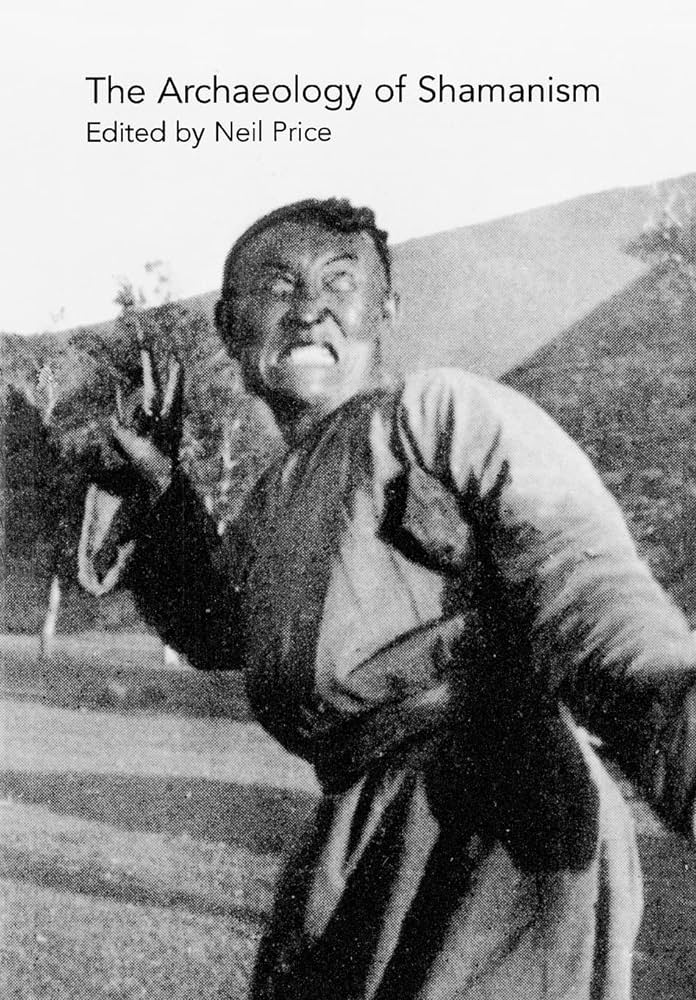The Archaeology of Shamanism is an academic anthology edited by the English archaeologist Neil Price, first published in 2001 by Routledge. It's a collection of fourteen separate papers produced by various scholars working in the disciplines of archaeology and anthropology.
The book explores how archaeologists can interpret evidence of shamanism in the archaeological record. Shamanism is a complex and diverse phenomenon, and there is no single definition that encompasses all its variations. However, shamans are typically seen as religious figures who mediate between the human world and the spirit world. They may use a variety of techniques to achieve this, such as drumming, chanting, and the use of psychoactive substances.
Content of the book
The Archaeology of Shamanism brings together different perspectives on shamanism, with case studies from across the Northern Hemisphere, spanning a chronological range from the Upper Paleolithic to the present. Here are some of the themes explored in the book:
- Shamanic material culture: This includes objects that may have been used by shamans in their rituals, such as drums, rattles, and figurines.
- Responses to dying and the dead: Shamans are often seen as playing a role in helping the souls of the dead to pass into the afterlife.
- Shamanic soundscapes: The use of sound, such as drumming and chanting, is an important part of many shamanic rituals.
- The use of ritual architecture: Some archaeological sites may have been specifically designed for shamanic rituals.
- Shamanism in the context of other belief systems: Shamanism is often seen as existing alongside other religious beliefs and practices.
Why is this book important?
- Provides a valuable resource for archaeologists and anthropologists who are interested in studying shamanism.
- Offers a broad and international perspective on shamanism.
- Helps to bridge the gap between the academic study of shamanism and the popular understanding of this phenomenon.
It's important to note that
- The evidence for shamanism in the archaeological record is often ambiguous and open to interpretation.
- The book does not provide a definitive answer to the question of what shamanism is or how it originated.
![]() Descriptions are sourced from publishers or third parties and are not independently verified
See our disclaimer
Descriptions are sourced from publishers or third parties and are not independently verified
See our disclaimer

